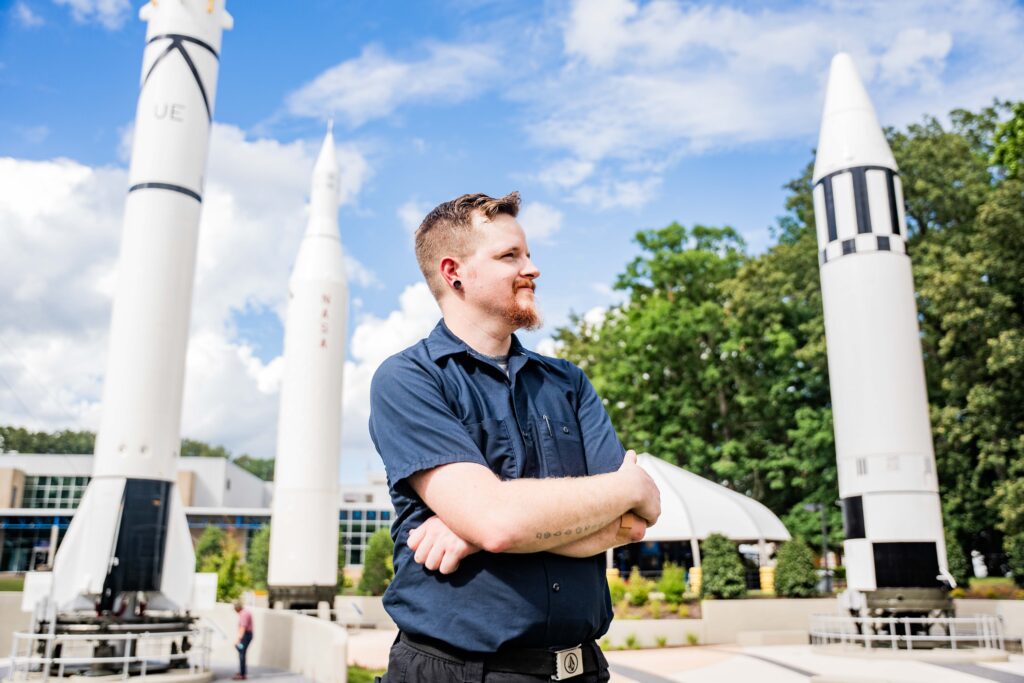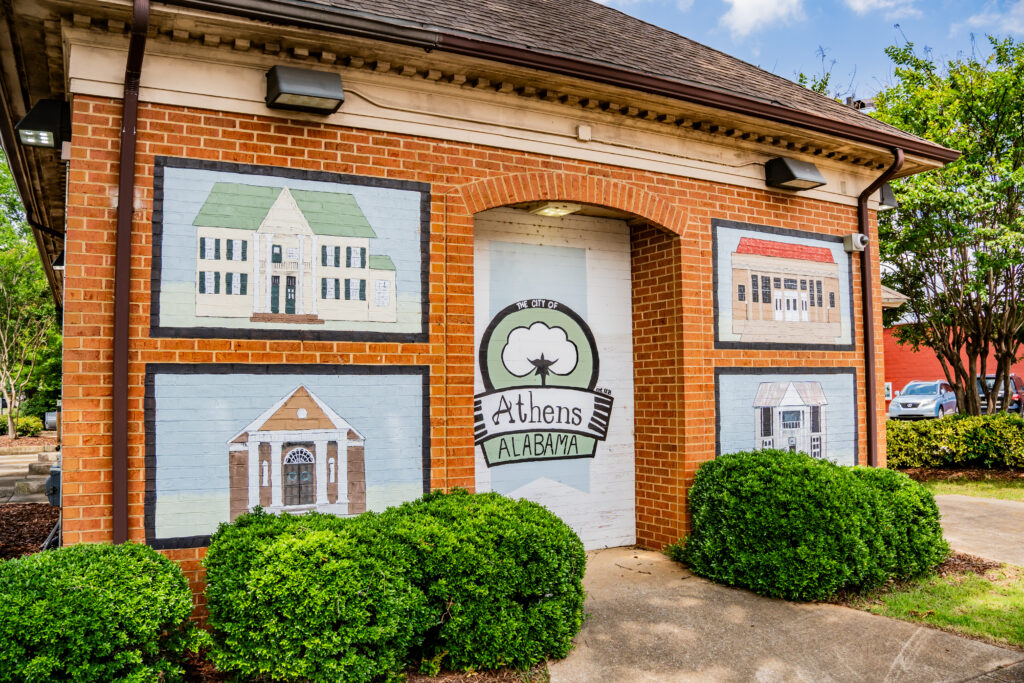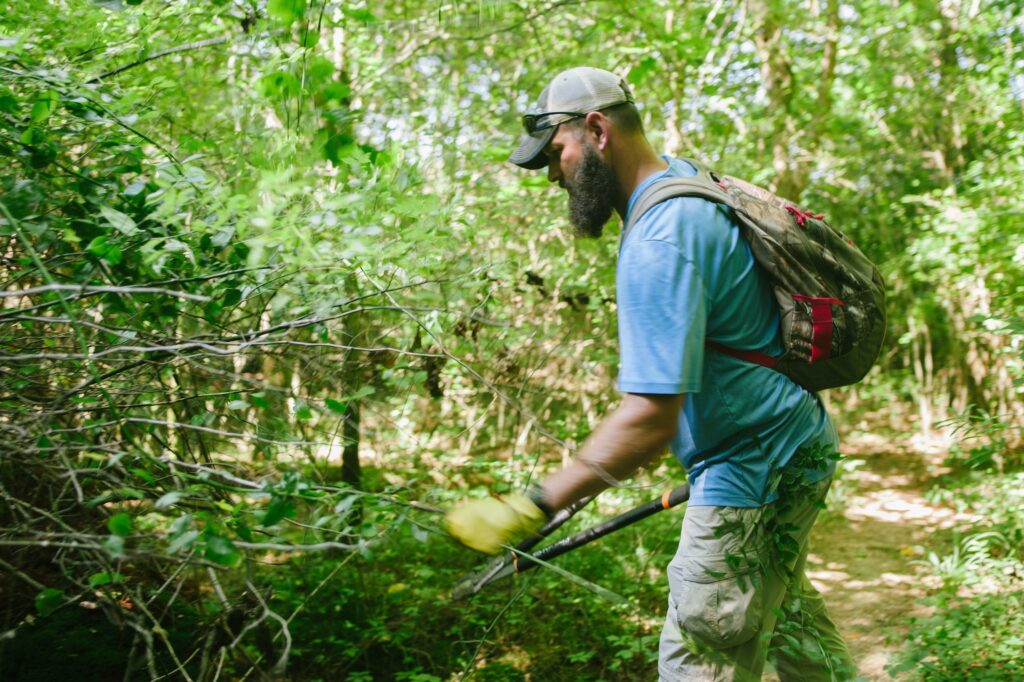Huntsville-tested Webb telescope one step closer to full functionality
Reading time: 3 minutes

NASA’s James Webb Space Telescope just achieved a major alignment milestone that will result in images from deep space like nothing seen before.
While Webb’s operations are managed at Goddard Space Flight Center in Maryland, Huntsville and North Alabama had a special part to play in its development: the telescope’s 18 hexagonal mirrors were tested at Marshall Space Flight Center and made by Axsys in Cullman, while Nexolve created screens that protect Webb from the Sun, according to AL.com.
The March 11 milestone

Last Friday, Webb reached a milestone two decades in the making. On Christmas Day 2021, Webb launched from Kourou, French Guiana. Because of the telescope’s size, it had to be folded into the nose of an Ariane 5 rocket. Since then, Webb has been in the process of unfolding and aligning its 18 mirrors.
There are three main parts of the telescope:
- The Integrated Space Instrument Module (ISIM), which is the home of Webb’s cameras and science instruments
- The Optical Telescope Element (OTE), which includes the telescope’s 18 mirrors and backpane
- The Spacecraft Element, which includes the Spacecraft bus + sunshield
As the mirrors unfold, scientists on the ground have been working to complete the “fine phasing” stage, which aligns the OTE with the Near-Infrared Camera in ISIM.
The good news? Webb is performing successfully. For every optical parameter checked, Webb’s performance is at or above the target.
Next comes a six-week series of tests to get the OTE alignment squared away—the team is hoping that will be done by May. That means that we could be receiving Webb’s first full-resolution images this summer.
Telescope and time machine

Webb’s powerful infrared technology will allow it to detect and send images from our solar system and beyond. There are four main science goals outlined by NASA:
- First Light and Reionization: With infrared vision, Webb will actually be able to look back in time and see the formation of stars and galaxies
- Assembly of Galaxies: Webb will help astronomers understand how the galaxies we have identified today came to be with its advanced infrared sensitivity
- Birth of Stars + Protoplanetary Systems: Webb’s imaging will be able to see through clouds of dust where stars are formed that were previously opaque to visible-light observatories like Hubble
- Planetary Systems + the Origins of Life: Webb will teach us about planets inside and outside of our solar system by helping us study the atmospheres of other planets
Congratulate the Webb teams on a job well done! And, make sure to sign up for the Hville Blast newsletter so you don’t miss NASA news and everything else happening in Huntsville.



